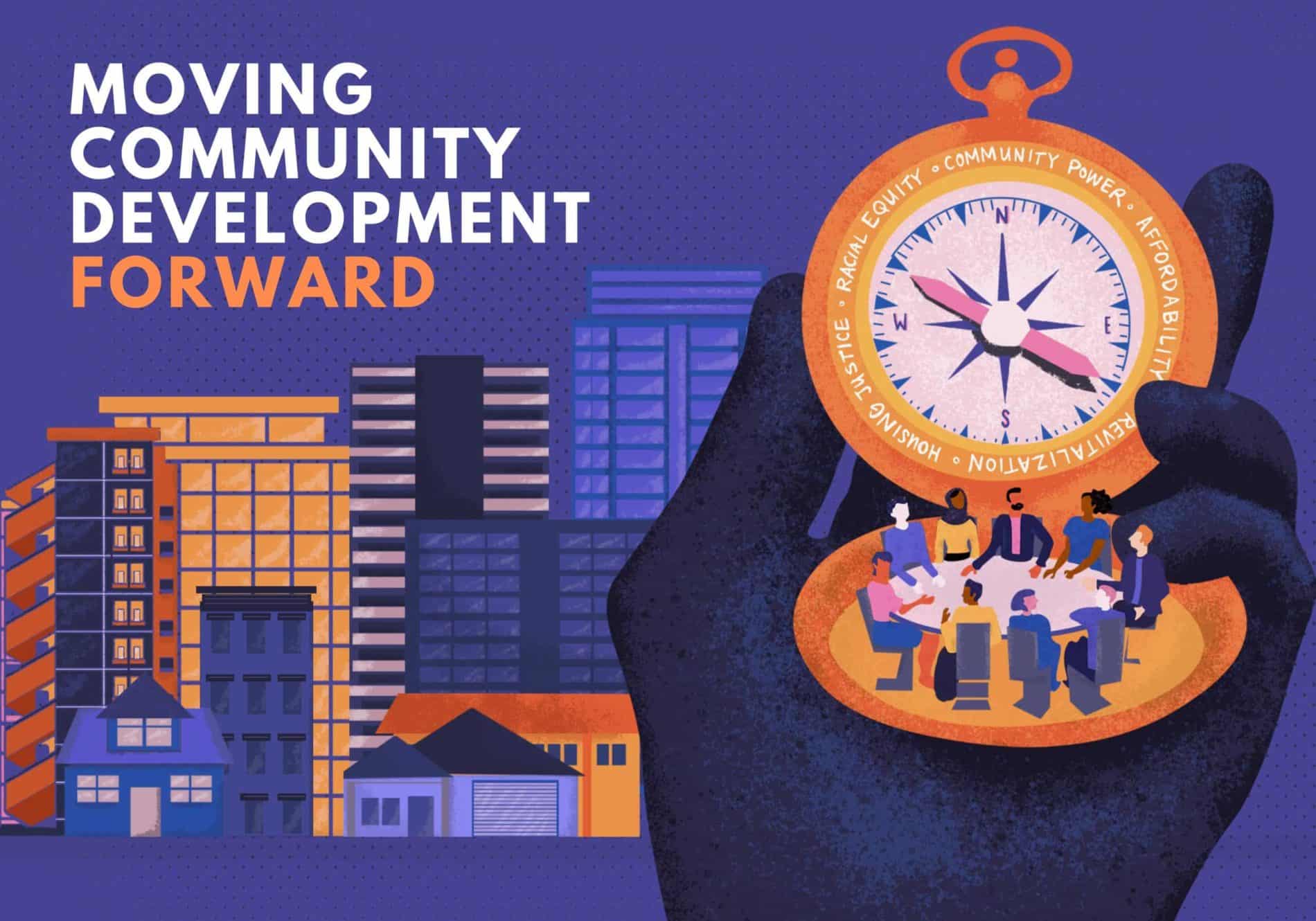In a fair housing workshop yesterday at the National Low Income Housing Coalition's annual conference Sara Pratt of HUD's Office of Fair Housing and Equal Opportunity had an interesting break down of how she thinks of there being four different kinds of Racially/Ethnically Concentrated Areas of Poverty:
-
An area that is near opportunity, like adjacent to a downtown, and to transportation, but very poorly maintained, no open space or other amenities. The problem in this sort of area is danger of a land grab and gentrification. Pratt says such an area needs to be stabilized, perhaps with incentives for existing homeowners. Deconcentration should happen “with a scalpel.” Bring in a grocery store and similar amenities that increase opportunity for people who already live there. And scrupulously follow one-for-one unit replacement. -
Areas like colonias that have little to no infrastructure—paved roads, sidewalks, water—and are not near opportunity. What do you do there, Pratt suggested is bring in infrastructure first, then housing. -
An area that has a specific historical and cultural context, such as Harlem or Freedom town. In those places you might choose to move out inconsistent uses, and rebuild infrastructure. You need to be very careful about deconcentration strategies. -
An area at is not close to opportunity but high concentrated poverty. Here, Pratt suggested you should start with transportation, to create access to opportunity. Housing replacement and deconcentration afterward.
What do you think of these categories, and of Pratt's thoughts about strategies regarding them? What would you add?




Comments